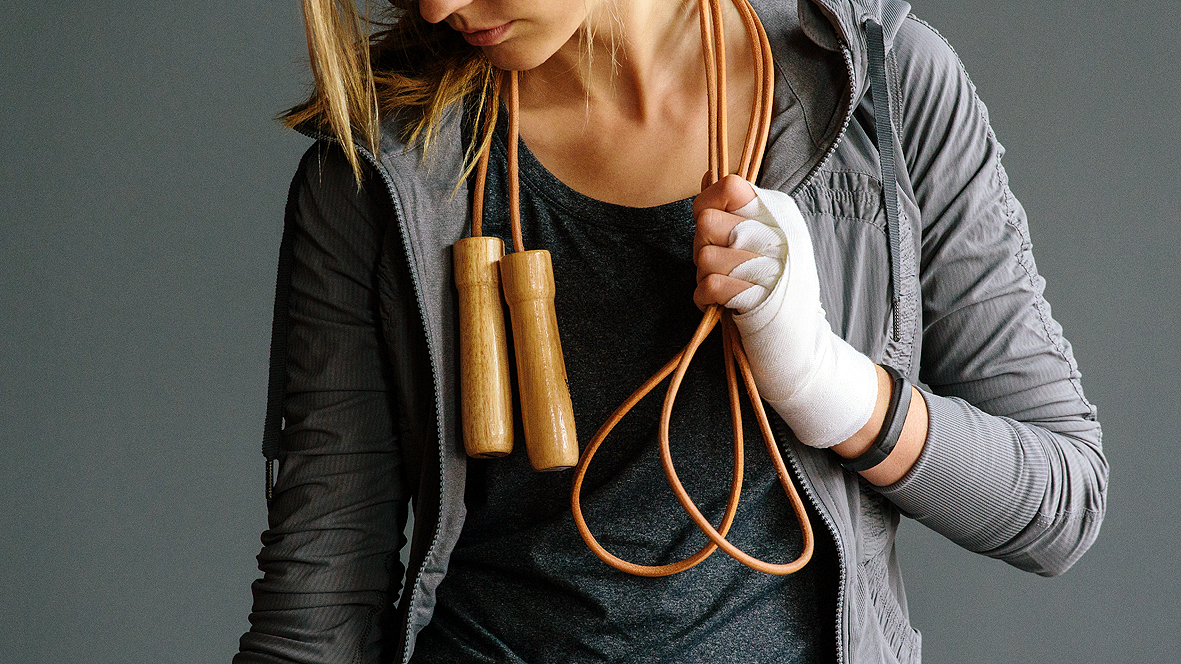

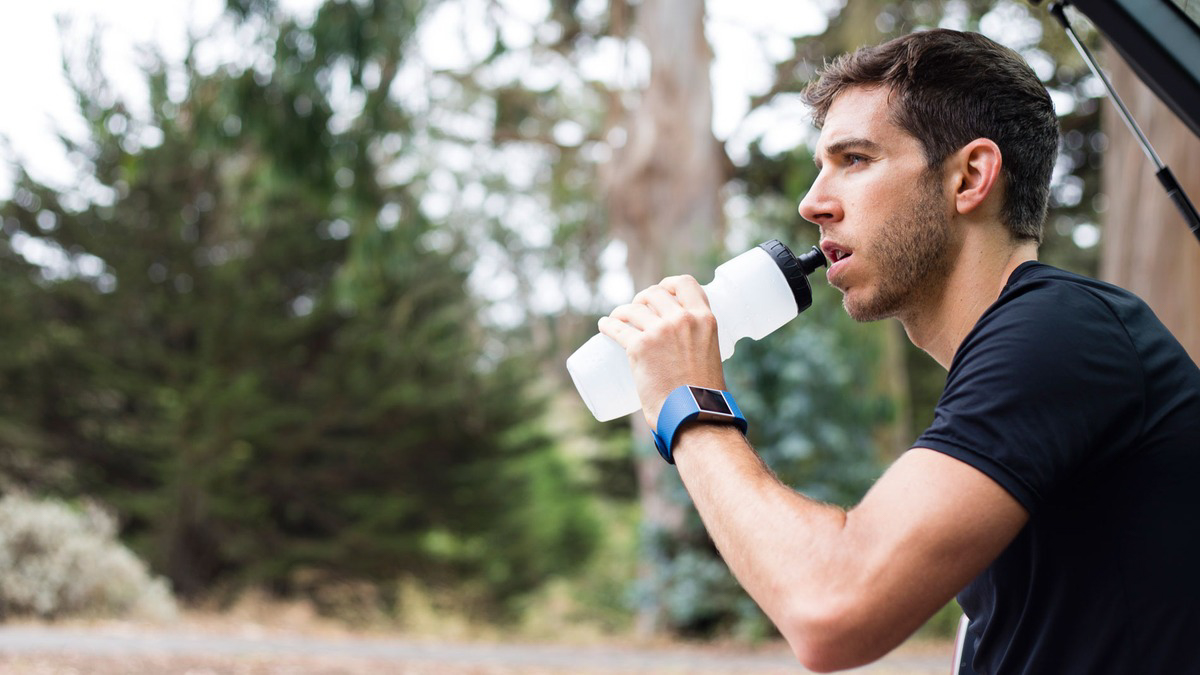
Introduction
Increasingly intelligent fitness bands and smartwatches might seem like the simple solution to all your fitness problems, but if you want to get the most out of your new health tracker it helps to know its shortcomings too.
Here are some interesting things you need to know if you really want to use that fitness band to actually get fit.
Looking for more tech you to help you keep fit, check outBeyond the Bands: Wearables to Hack Your Fitnessand best fitness tracker
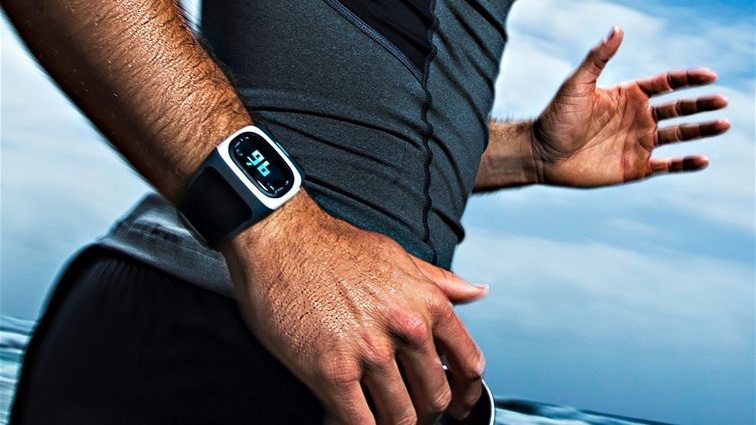
1. You can't trust the calorie count
Calorie counts for the majority of fitness bands are calculated using a few rudimentary stats such as height, weight, age and gender. Your tracker uses these basic stats to guesstimate how much fuel you're burning as you go about your business.
However, because it's not actually intelligent enough to know exactly how many calories you killed off walking to the bus, you'd be wise to take what it tells you with a massive pinch of salt (or something healthier).
The calorie count on your watch might suggest you've earned an extra slice of cake, but the reality could be that you're actually way short. So rewarding yourself based on what it says could actually be making you fatter not fitter.
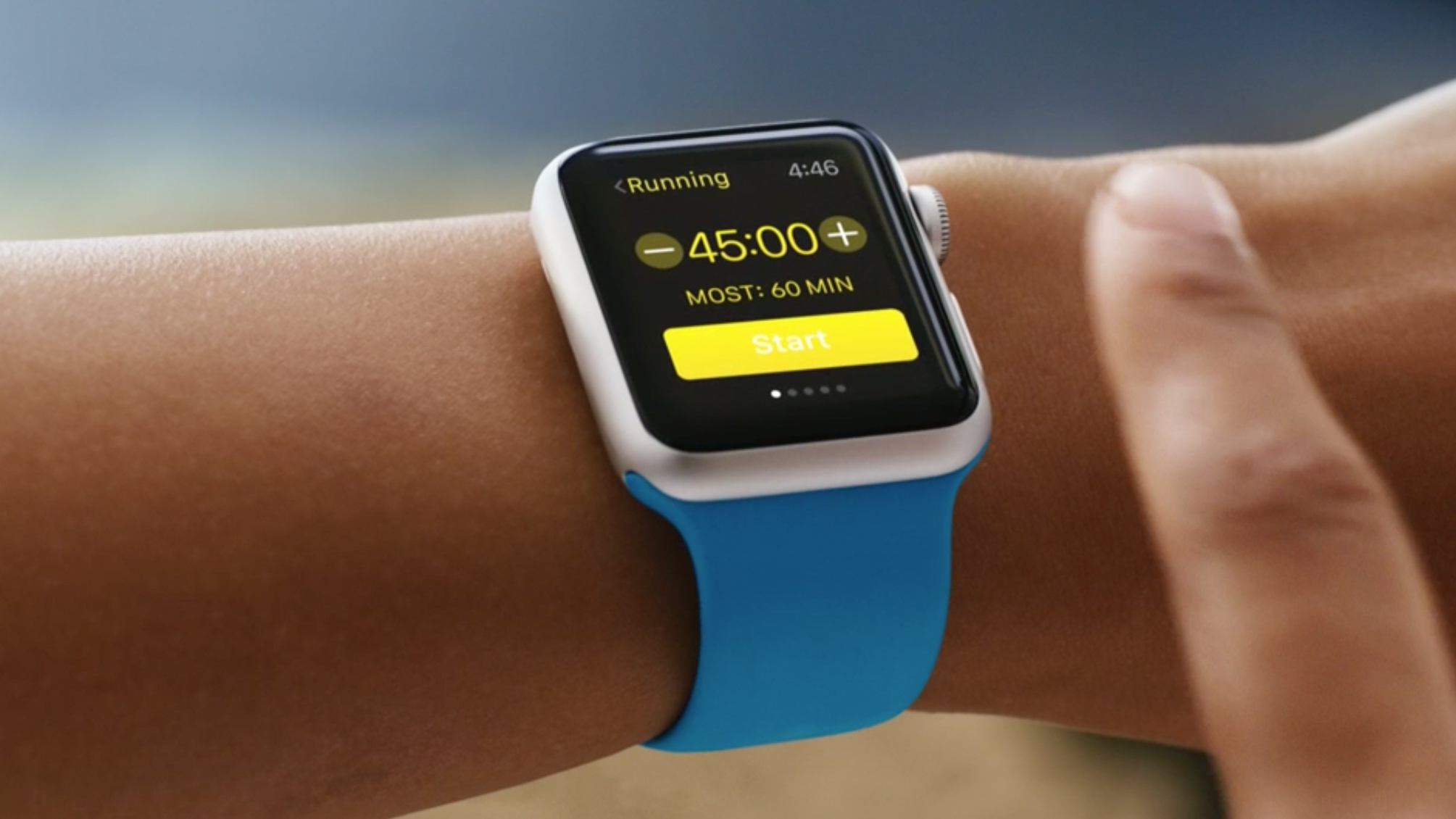
2. Is it one small step or one giant leap?
You won't be shocked to hear this but not all step trackers log steps in the same way. If you pop on a selection of the leading trackers and walk fifty paces not all of them will flash up the number you expect.
Lots of factors come into play, like where you wear your tracker, how tall you are, whether you're taking tiny little steps or hulking great strides. Sitting in car going down a bumpy road can send some step counters into a frenzy, making it look like you've been putting in the hard yards when in fact you've been sitting on your bum.
If, like the Apple Watch and the Jawbone UP24, your tracker can be calibrated for improved accuracy, we highly recommend it.
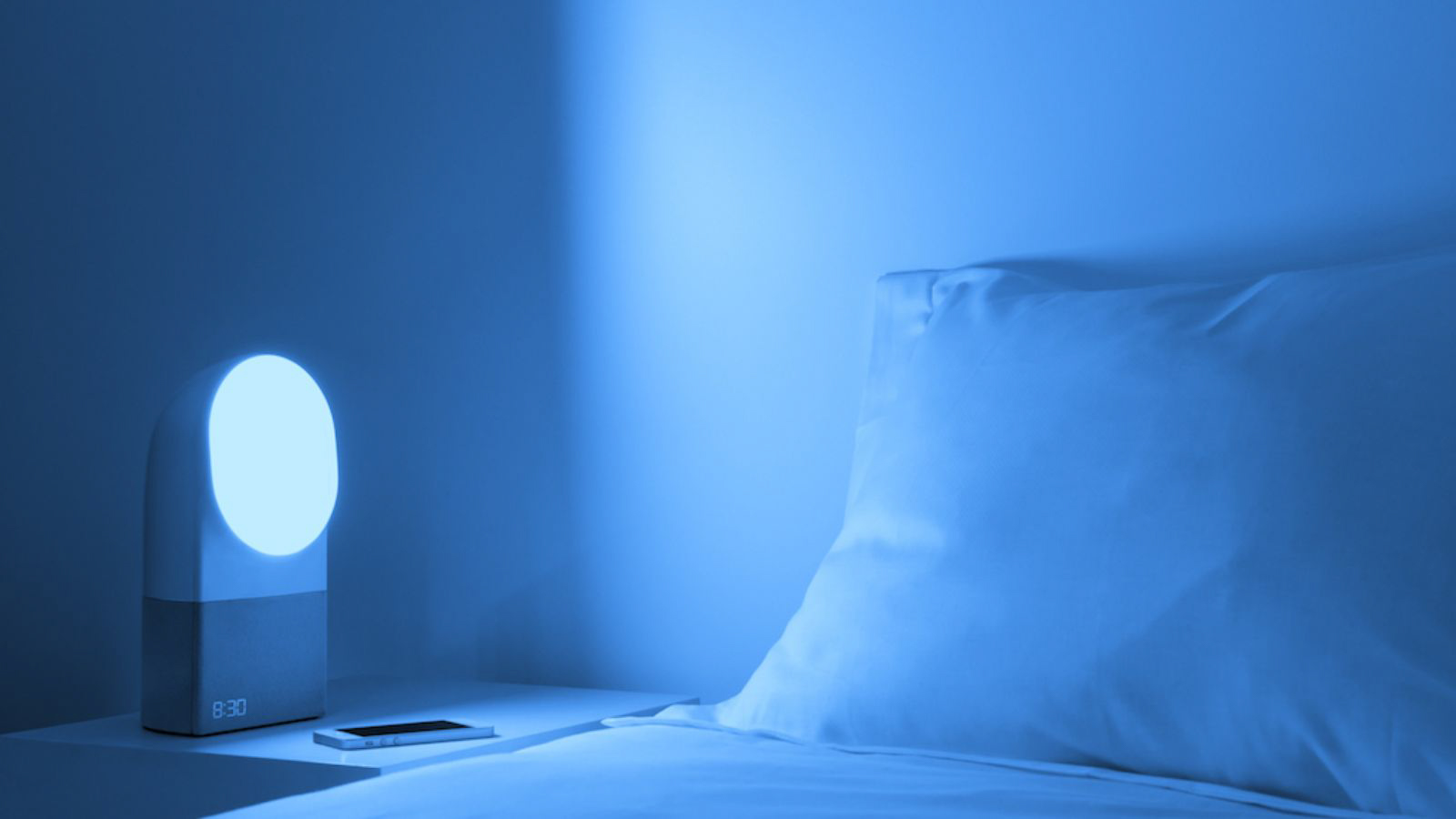
3. Accurate sleep tracking is still a dream
Humans love sleep. Fact. So using sleep tracking to try and getbetter quality zeds is a huge draw of fitness trackers.
Most bands that claim to quantify sleep rely on accelerometers to clock movement during the night, interpreting that information to suggest how long you've spent in deep or light sleep. However,according to researchers, it's brain waves, not wrist movement, that indicate what stage of sleep you're in, calling into question the accuracy of the information most trackers offer.
New products, like the Withings Aura sleep mat do offer alternative ways to assess the quality of your snoozing, using the movement and breathing patterns, but even with this information, we're yet to see a piece of tech that can tell us how we actually improve our sleep.
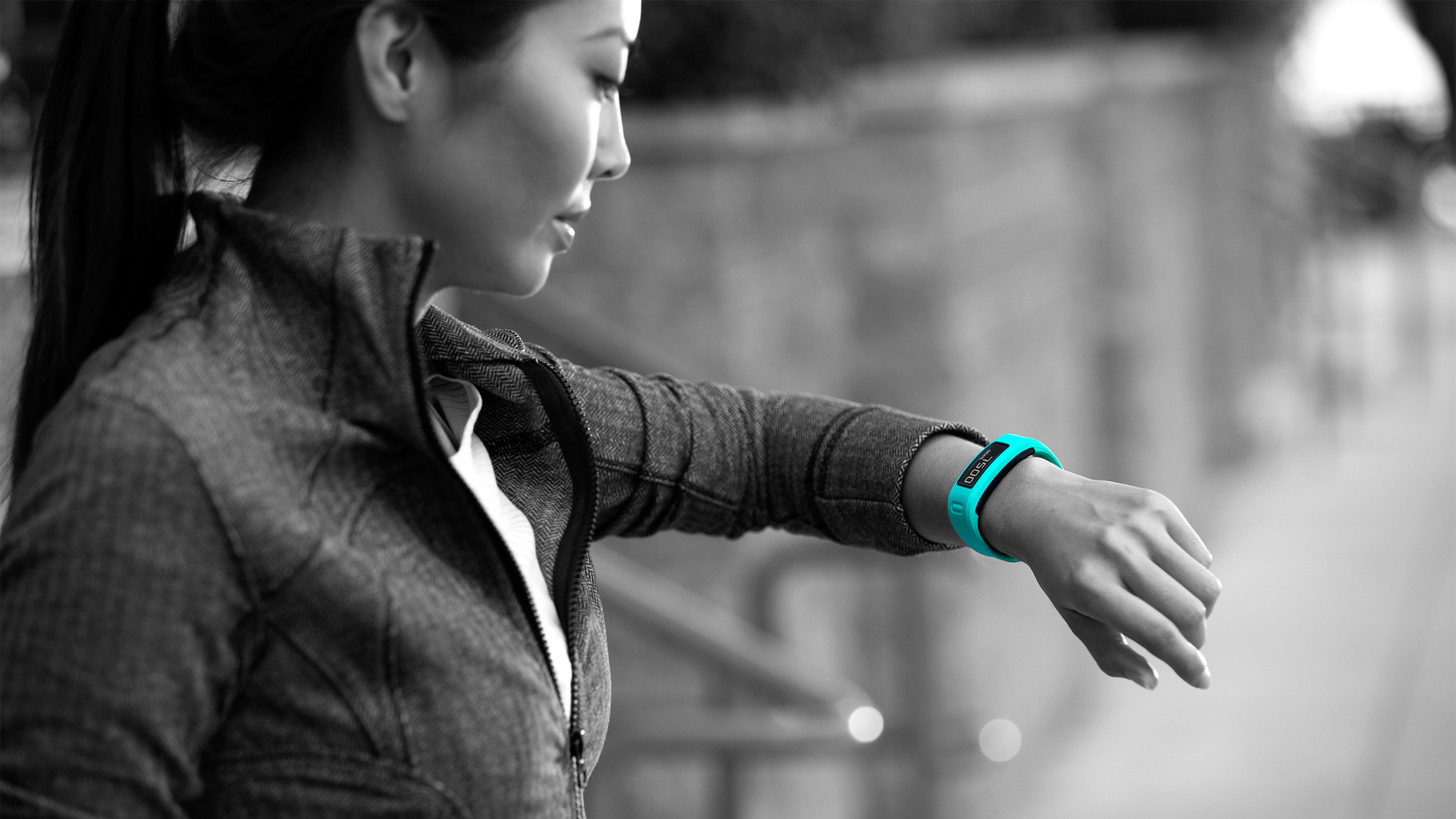
4. It helps to use your heart
Another way to improve the accuracy of your fitness tracker is to pair it with a heart rate monitor. Sadly not all of them offer this feature but fitness bands like the Polar Loop and the Garmin Vivofit can be hooked up to a chest straps during workouts to give you a more reliable reading of your actual calorie burn.
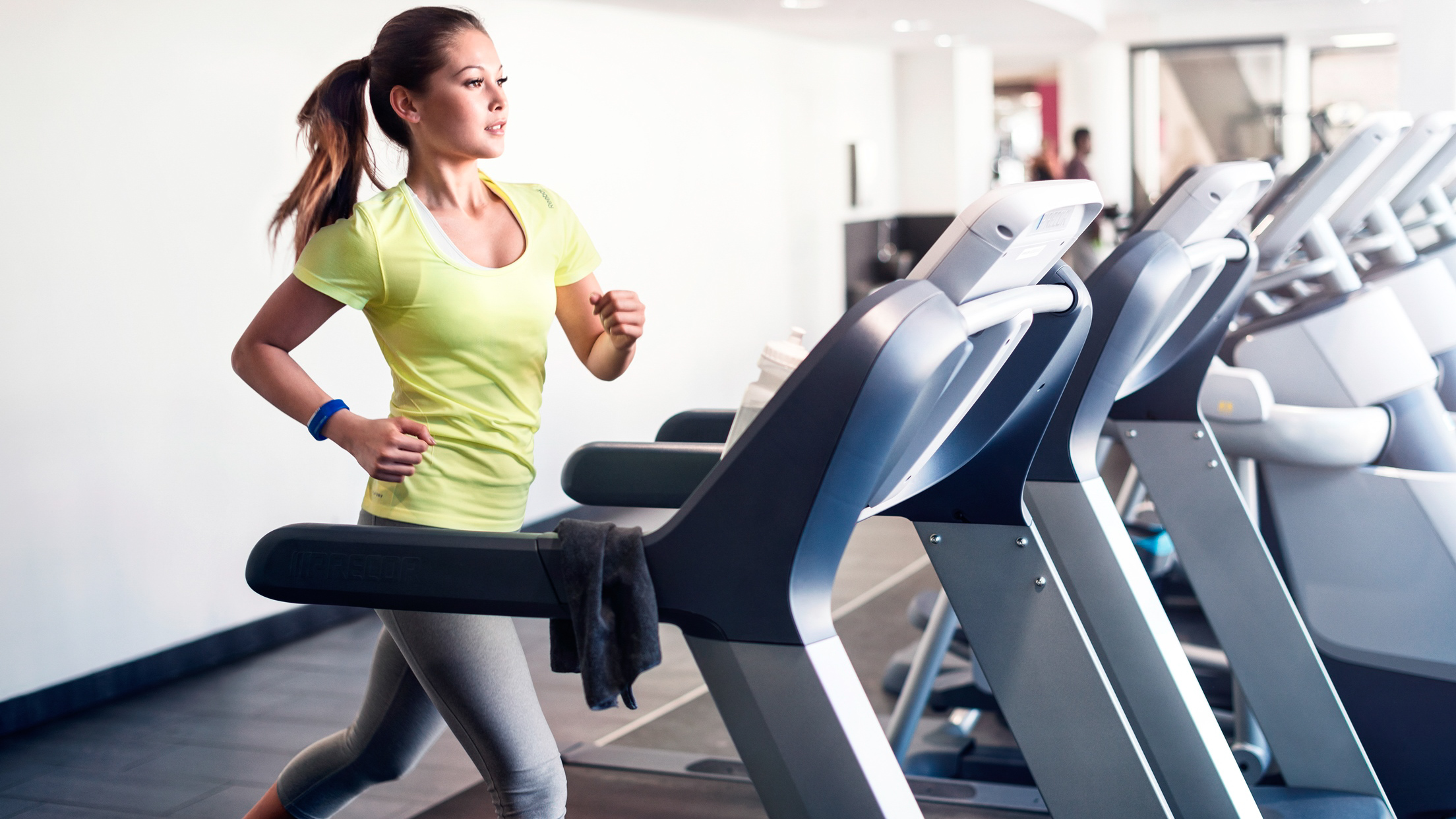
5. There is a thing called 'over-tracking' syndrome (and you don't want it)
With so many different devices enabling us to track such a wide range of stats, we're all becoming more obsessed with our own data.
The quantified self is becoming an increasing part of our everyday and according to Joshua Klapow, Ph.D., clinical psychologist at the University of Alabama at Birmingham, there is a danger that this can go too far, warning against what he calls 'over-tracking syndrome'.
“You can get so caught up in tracking that it overtakes you emotionally and psychologically,” he told Shape magazine. “Over-tracking syndrome can be problematic when the behavior you're trying to engage in becomes secondary to the numbers.”
Becoming overly focused on one specific metric like steps can stop you looking at the whole picture of what makes for a healthy, balanced life.
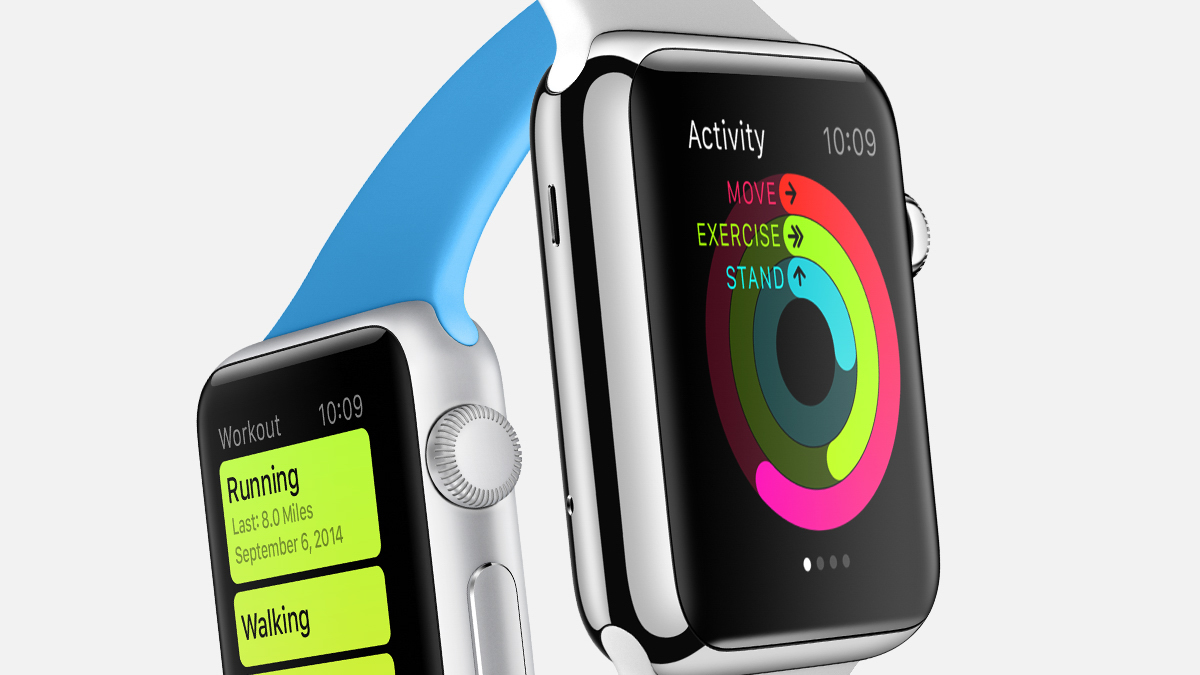
6. Not all movement is equal
While a lot of trackers emphasise one overall daily step or activity goal, scientists tend to agree that regular movement is more important when it comes to leading a health lifestyle.
So clocking up 8,000 steps in a single hour of treadmilling might mean you've smashed your trackers daily movement target, but following that up by gluing your buttocks to a chair for eight hours is not as beneficial as spreading that activity through the course of the day.
Our tip: instead of just obsessing about the big numbers, use your fitness trackers alerts to set yourself alternative goals.
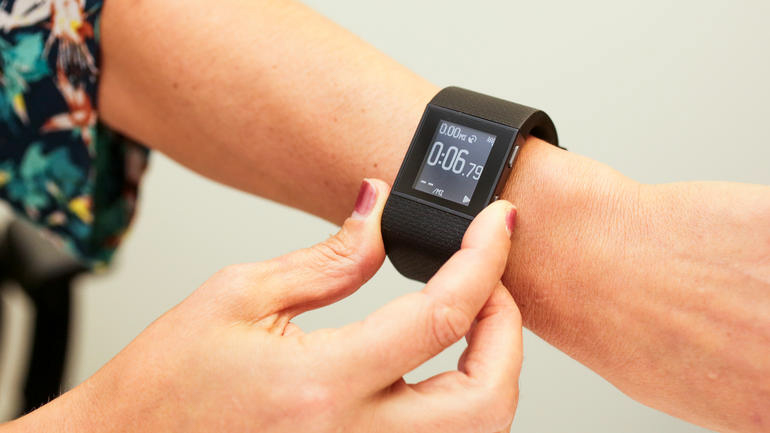
7. It matters where you wear it
The wrist seems like the obvious place to wear a fitness tracker but experts suggest the most accurate place for tracking movement is actually on the hip (you know, like those step counters from 10 years ago).
The way our biomechanics work means all movement, from shaking an arm to lifting a leg, triggers some kind of movement of the hips. So hip-worn tracker will spot when you've cocked a leg more reliably than a wrist-worn device.
If you wear your phone in your hop pocket, and it's got a step counter built in, this might be both your easiest and most reliable option.
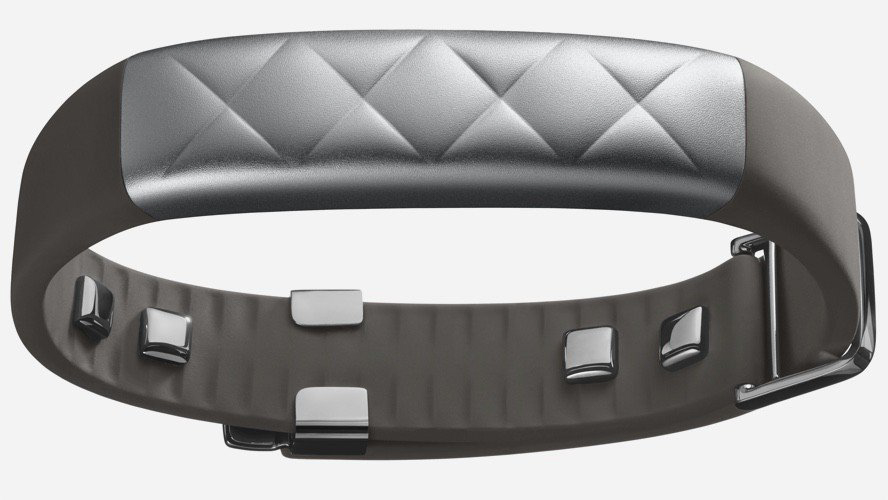
8. Get the right fit for you
Before you rush out and buy a new fitness bandor sports watch, think carefully about what you want to achieve.
If your goal is to be generally more active than splashing out on a fully featured GPS-toting optical heart rate watch isn't necessary, a simple pedometer is probably all you need and you can pick those up for a fiver.
Also, think about whether your phone already offers the tracking you need. Newer phones with better chips are starting to offer apps to match many fitness gadgets and because you often carry it in your hip pocket, it can also be even more accurate.
Sign up to the T3 newsletter for smarter living straight to your inbox
Get all the latest news, reviews, deals and buying guides on gorgeous tech, home and active products from the T3 experts

Kieran is a freelance writer and editor working in the space where health, fitness, sports and technology collide. He covers everything from virtual reality and smart scales to the latest wearable health trackers. Kieran is also a borderline-obsessed runner and is passionate about using the latest technology to hack his health in search of marginal gains.
-
 5 things outdoors adventurers hate about Apple Watches before the Watch Ultra
5 things outdoors adventurers hate about Apple Watches before the Watch UltraApple Watch Ultra has a new look and additional features. Will it win over outdoorsy people?
By Pat Kinsella
-
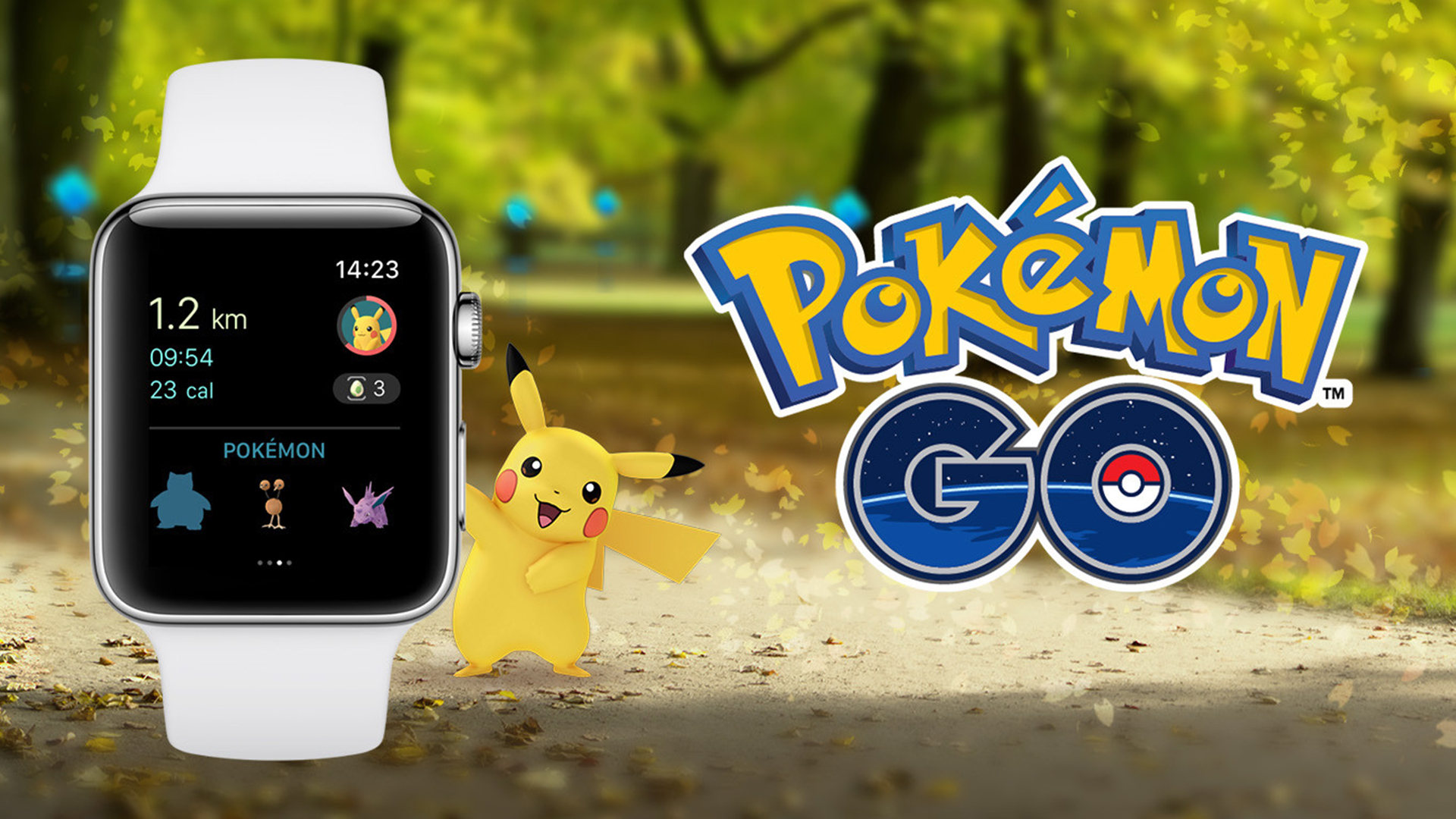 Pokémon Go is now on your Apple Watch, here’s what you can do
Pokémon Go is now on your Apple Watch, here’s what you can doCatch ‘em all using your wrist as a handy gaming assistant
By Luke Edwards
-
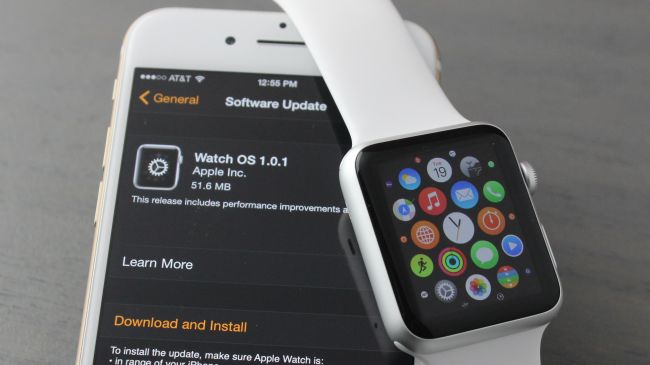 T3 Opinion: six months on from launch, the Apple Watch is perfectly nice. It's fine…
T3 Opinion: six months on from launch, the Apple Watch is perfectly nice. It's fine…Or, how I learned to stop worrying and quite like the Apple Watch
By Rory Buckeridge
-
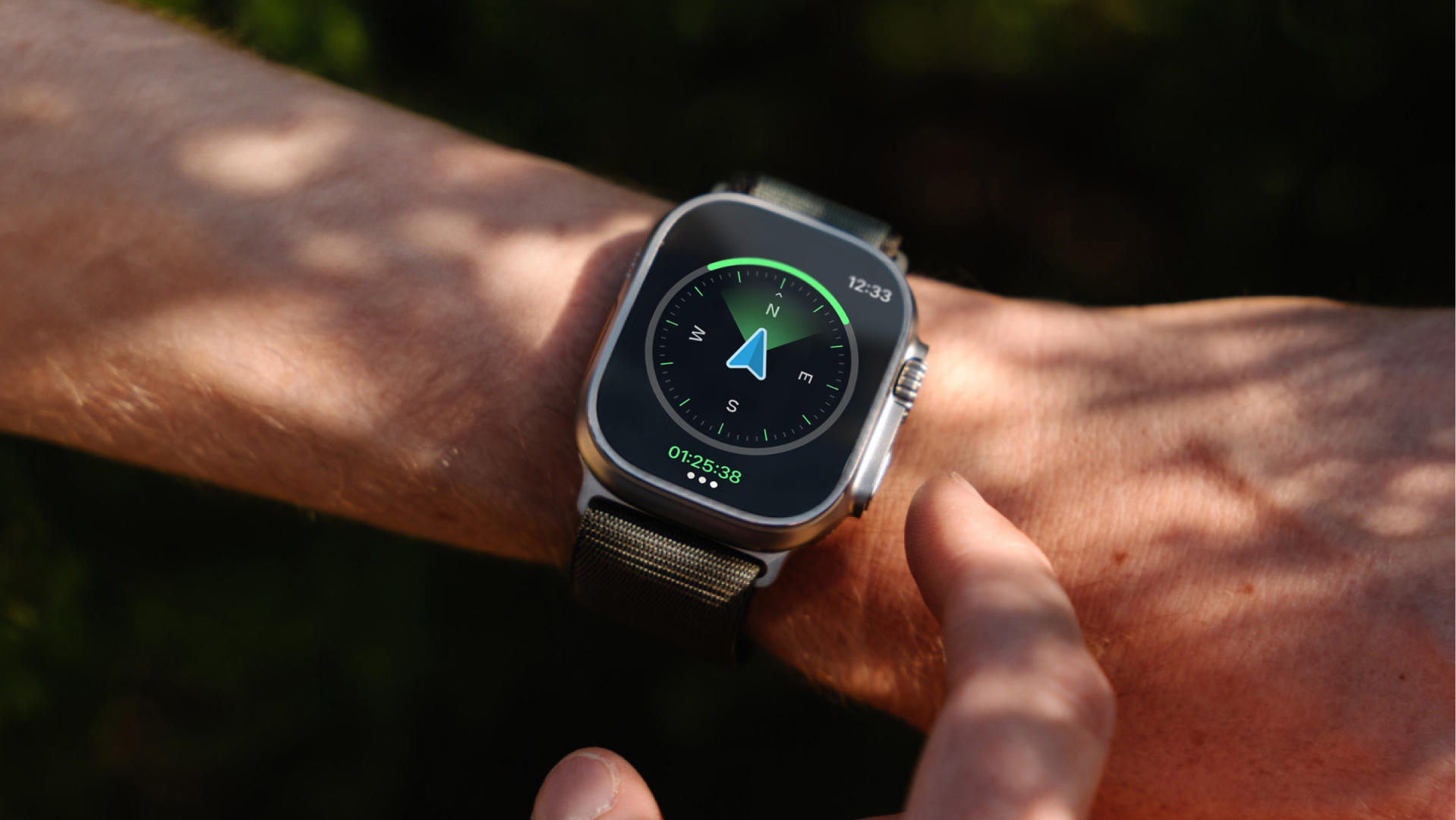 AllTrails' Apple Watch update just made hiking hands-free – here's how
AllTrails' Apple Watch update just made hiking hands-free – here's howStay on track and keep your phone in your pocket with AllTrails’ Apple Watch enhancements
By Matt Kollat
-
 Apple Watch TrainingPeaks integration review: smooth as butter
Apple Watch TrainingPeaks integration review: smooth as butterHow seamless is the new TrainingPeaks integration on the Apple Watch?
By Matt Kollat
-
 I took the Apple Watch Ultra to run the world's oldest ultramarathon
I took the Apple Watch Ultra to run the world's oldest ultramarathonApple Watch Ultra vs Comrades Ultramarathon – the results are in
By Kieran Alger
-
 Apple Fitness+ users just got a cool free upgrade Madonna fans will love
Apple Fitness+ users just got a cool free upgrade Madonna fans will loveThe latest artist spotlight series will see Apple Fitness+ trainers dressed up in some of Madonna's most iconic outfits
By Matt Kollat
-
 The Oura Ring 4 could be getting smarter with new upgrades… but I’m not sold
The Oura Ring 4 could be getting smarter with new upgrades… but I’m not soldThe next Oura Ring could offer smartphone features after new acquisition
By Bethan Girdler-Maslen
-
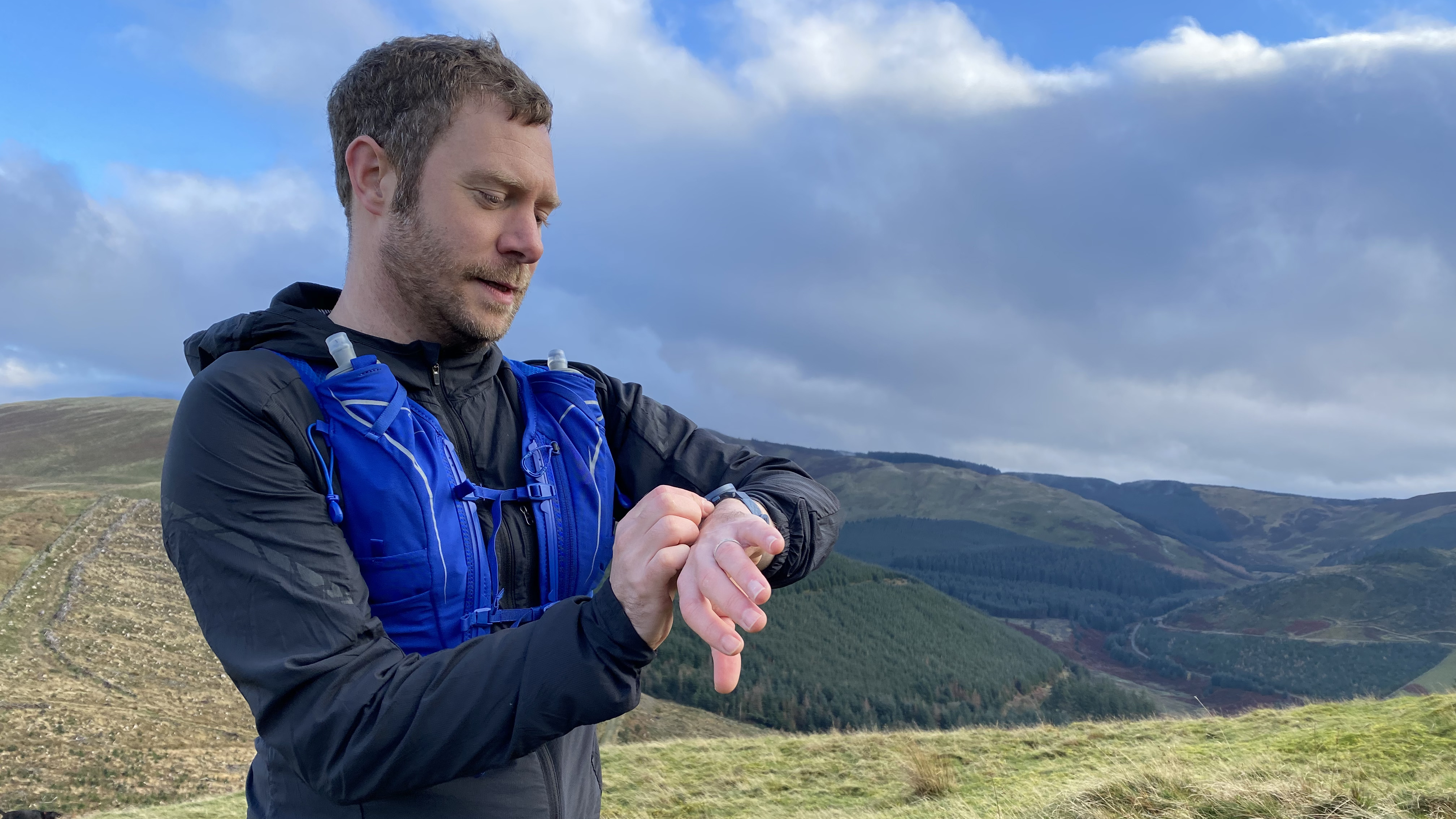 Suunto 9 Peak Pro review: A mighty GPS multisport watch
Suunto 9 Peak Pro review: A mighty GPS multisport watchThe Finnish brand’s most powerful offering yet, the Suunto 9 Peak Pro is a superb addition to your outdoor adventures
By Alex Foxfield

